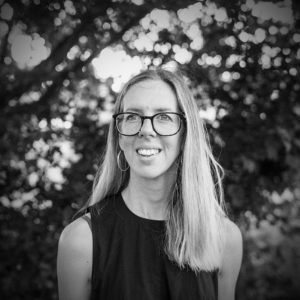
Rachel Segal Hamilton is a freelance writer and editor, specialising in photography and visual culture, for art magazines, book publishers, national press, awards, agencies and brands. Since 2018, she’s been contributing editor for the Royal Photographic Society Journal, is a regular writer for Aesthetica and author of Unseen London, published by Hoxton Mini Press.